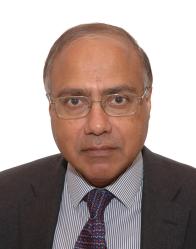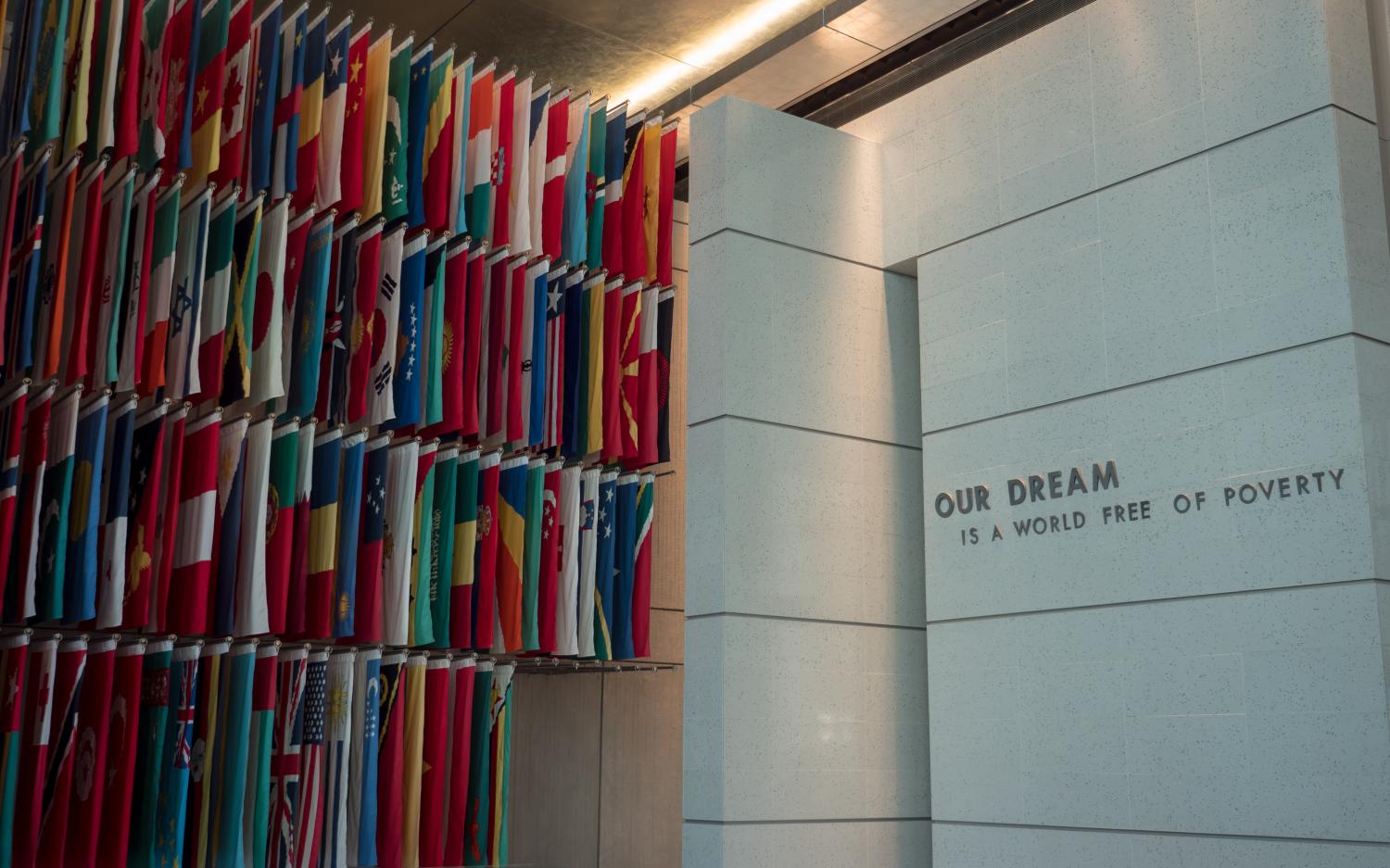This essay is part of “The SDG second half: Ideas for doing things differently.”
“Through collective and individual actions, initiatives and additional steps to enhance extensive work already underway in our organizations, the MDBs, and the IMF will help countries, partners, investors, and the global community move from billions to trillions as we take up the challenge of achieving the SDGs.” Upon the adoption of the SDGs, the World Bank recognized that the transformative vision embodied in the SDGs would require a vastly higher level of resources to be successfully implemented. This never happened. MDB net flows averaged $25 billion in 2013-15 (in constant 2012 dollars) and $41 billion in 2021, an increase driven by the cyclical response to the COVID-19 pandemic, rather than by the structural needs for building the SDG economy.
Shareholders are again asking the MDBs to up their game. The Italian G-20 tasked an expert committee to review the capital adequacy frameworks of the banks. U.S. Treasury Secretary Janet Yellen and other shareholders called for an evolution roadmap for the World Bank. The Indian G-20 is setting up an expert group to advise on MDB reform.
Three elements of MDB reform would significantly enlarge their contributions to SDG achievement:
- The MDBs should embrace and drive the new growth story for the 21st century, one based on innovation and investment in green technologies, and on adaptation and resilience to accelerating climate change. A number of new technologies in electricity production, light road transport, fugitive emissions, building heating, and food and agriculture are reaching a point within the next five years that would make them price-competitive on a mass-market scale. The potential for cheap power can accelerate growth and make access to modern electricity easier for the 775 million people who currently lack it. It avoids the negative local effects of fossil-fuel-sourced pollution on health and education. Yet there are holdouts among MDBs and their clients that view the green transition as potentially holding back the reduction of poverty and social progress. The MDBs should provide the empirical evidence in support of the new growth strategy that is inclusive, sustainable, and resilient, and draws lessons on how to manage the transition.
- Achieving a green transformation will require investments at scale. Recent granular estimates suggest that emerging markets and developing countries other than China must increase spending on climate investments fourfold by 2030 to $2.4 trillion. MDBs must play a much more purposive and proactive role in helping countries identify, enable, and foster green investments, moving beyond a project-by-project approach to support system change. Country-led and country-owned coordination mechanisms around priority objectives have to become the norm for scaling up investments and mobilizing the necessary support. For this MDBs have to be able to work much more effectively as a system and with the private sector.
- MDBs also have a central role to play in securing the scale and affordability of finance that will be needed. Private capital can meet the largest share of the $1 trillion in external finance needed by 2030. In the current context of debt overhangs and rising interest rates on capital markets, however, little private capital is flowing to developing countries. MDBs can create a new highway for private finance through partnering with and reducing risks for the private sector. They can use guarantees and insurance products to take risks that the private sector cannot mitigate, such as policy risk, and reduce the cost of capital through blended finance. MDBs must also increase their own direct finance for the large complementary public investments in both the physical and social infrastructure required and where private capital may not be forthcoming. MDBs are unique in that they can scale up financing at affordable terms without relying heavily on contributions from the budgets of major shareholders, although for the poorest shareholders, it will be important to continue to provide them with concessional aid.
In taking these steps, MDBs must take to heart the universal character of the SDGs and the spillover benefits that come from coordinated action. They must serve all clients, low-income and middle-income alike. They must pursue sustainable development as an integrated and interwoven package of economic growth, human capital development, gender equality, urbanization, jobs, nature conservation, and biodiversity preservation. Fit for purpose MDBs would provide an accelerant for the second half of the SDG period and for keeping global climate targets in reach.





